The vacation called going to Tibet for winter bird watching
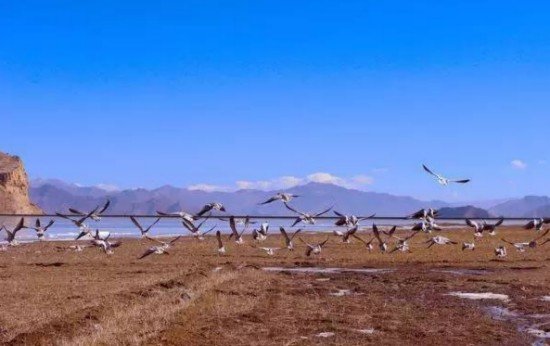
What can you see in Tibet? Some people say you should go to Gonpo in March to view the cherry blossoms; you should drive yourself to Ngari in June; in October, you must not miss the yellow leaves along the Lhasa River; and winter is the best time for bird watching along the banks of the Yarlung Tsangpo River and Lhasa River. When the birds dance around the snow mountains, the Tibetan winter also becomes somewhat more lively.
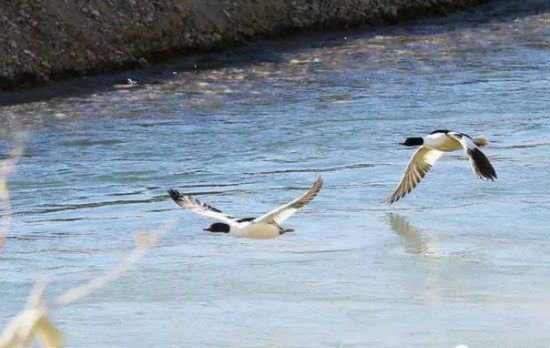
While bird watching in Tibet, you will see the most magnificent flocks of birds, like more black-necked cranes, bar-headed geese, ruddy shelducks, and other rare birds, which will open your eyes. According to statistics, there are more than 130 kinds of birds in Lhasa during the winter.

The winter bird watching in Tibet is mainly concentrated around Lhasa and Shigatse. These two areas can both be called a bird-watcher’s paradise, especially for black-necked cranes. Black-necked cranes are national category 1 protected animals, and Tibet is the largest black-neck crane wintering and breeding area. The main breeding grounds for black-necked cranes are in Ngari and Nagchu in the north, but every mid-October, they will fly to Tibet’s valleys for the winter.
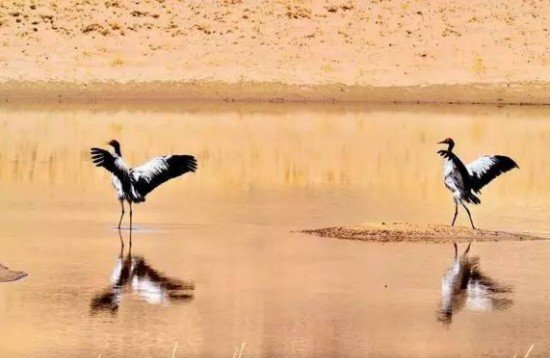
The warmer temperatures, large number of leftover barley, wheat, and roots here provide important feeding and roosting grounds for the black-necked cranes.
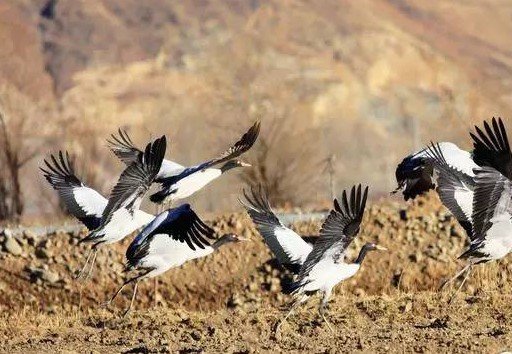
In early spring each year around mid-March, flocks of black-necked cranes will leave their wintering grounds and move north to Changtang, where they have chosen to adapt to the alpine meadow marshes or lakes and rivers, and in late April they will begin breeding.
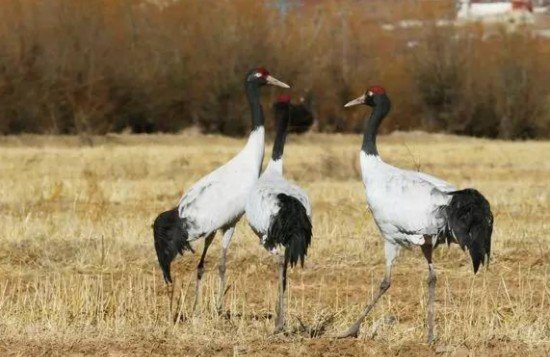
Black-necked cranes dancing lightly.
In October, black-necked cranes under Mount Kailash prepare to fly over lakes and rivers, mountains, and the grasslands to move to the areas of Lhasa and Shigatse for the winter.
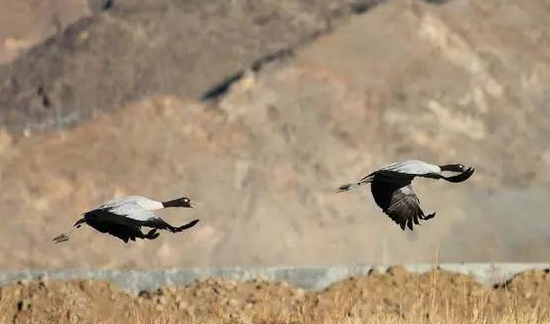
The Linzhou County Yarlung River Black-Necked Crane National Nature Reserve, wetlands in Medro Gongkar in Dakze County, Lalu Wetlands in Lhasa, Zongjiao Lukang Park and the Lhasa River are all migratory bird locations.

It is worth noting that the only natural inter-city wetlands in China, the Lalu Wetlands, is not open for outsiders! But you can view it from the Barku Village and the middle canal on the south side. This is the main wintering grounds for bar-headed geese, ruddy shelducks, black-headed gulls, and black-necked cranes.
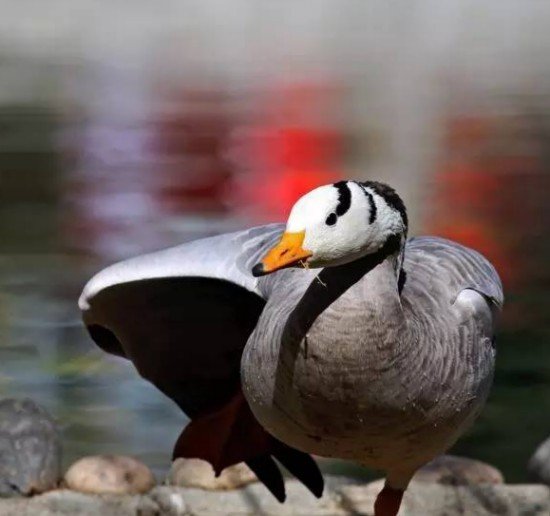
Recommendation for day 1 of bird watching in Lhasa: leave the city and set out for the wintering areas at Najin Shan Kou, Bianjiao Ling Village, Jiangre Ling Village. Afterwards, head towards Linzhou County, and the extension road will bring you back to Bianjiao Ling Village. Again pass through Tangga Village, Tangjia Village and other black-necked crane wintering areas, then travel to Nyima Jiangre Village.

From Nyima Jiangre Village return to Tangjia Village, and from Tangjia Village travel to Medro Gongkar County. After entering State Road 318, pass through Dakze County to return to the city. The total distance is about 262 kilometers.
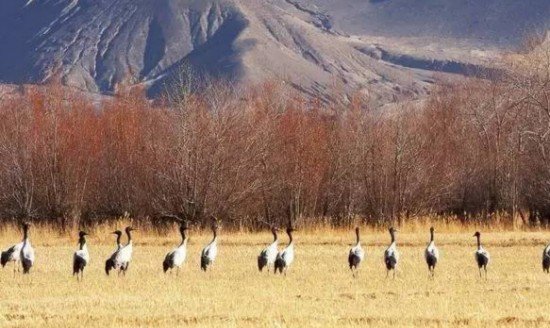
If you have plenty of time, you might as well try this three-day Shigatse bird watching trip. Day 1: Lhasa – Quxu County – Yamdro Yutso – Shigatse; day 2: Yarlung Tsangpo Bridge – Shetongmon County – Lhatse County.
Your Comment
Name E-mailRelated News
-
;
-
-

-
Tibetan medicine posts 200 mln dollars in output value
The total output value of traditional Tibetan medicine has topped 1.3 billion yuan (201 million U.S. dollars), thanks to growing demand across China f
-
-
-
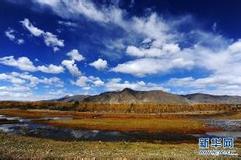
-
Clean air in Tibet
According to the forecase, Beijing and some parts of China will have smog in the next five days. In contrast to the smoggy sky in Bejing, Tibet enjoys
-
-
-

-
Electricity available in all ethnic regions in SW China
Electricity will be available in all ethnic regions of southwest China's Sichuan Province by the end of December.
-
-
-
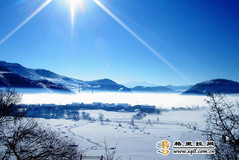
-
Scenery of Shangri-la in pictures
A group of photos show the scenery of Shangri-la, Deqin Tibetan autonomous prefecture, Southwest China's Yunnan province. The beautiful scenery of Sha
-
-
-
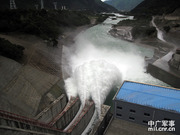
-
Tibet’s outward hydropower transmission capacity reaches 330 mill
Up to now, Tibet has transmitted totally 330 million kwh of hydropower outwards.
-
-
-
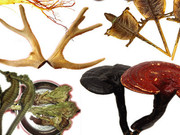
-
Tibet discovered over 50 types of supposing new medical ingredient
Presently, there have been over 50 kinds of potential new Tibetan medical ingredients discovered.
-











